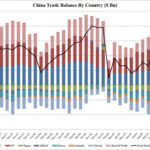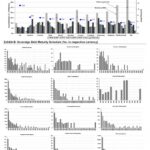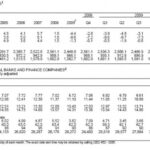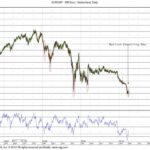Settembre 24, 2008 EcoAnemia
Banche europee al capolinea
[….]AIG’s last annual report reveals that it had written coverage for more than $300bn of credit insurance for European banks.
The comment by AIG itself on these positions was that they were “for the purpose of providing them with regulatory capital relief rather than risk mitigation in exchange for a minimum guaranteed fee”.[…]
[…]The extent of regulatory arbitrage can also be seen in the very large gap between overall leverage ratios and the official regulatory ratios.
The dozen largest European banks have now, on average, an overall leverage ratio (shareholders’ equity to total assets) of 35, which has actually increased so far this year, compared with less than 20 for the largest US banks.
But at the same time most large European banks also report regulatory leverage ratios of close to 10.
This is partly due to the fact that the massive in-house investment banking operations of European banks are subject only to limited regulatory capital requirements[…]
[…]The crucial problem on this side of the Atlantic is that the largest European banks have become not only too big to fail, but also too big to be saved.
For example, the total liabilities of Deutsche Bank (leverage ratio over 50) amount to about €2,000bn (more than Fannie Mae) or more than 80 per cent of the gross domestic product of Germany.
This is simply too much for the Bundesbank or even the German state, given that the German budget is bound by the rules of the European Union’s stability pact and the German government cannot order (unlike the US Treasury) its central bank to issue more currency.
Similarly, the total liabilities of Barclays of around £1,300bn (leverage ratio 60) are roughly equivalent to the GDP of the UK. Fortis bank has a leverage ratio of “only” 33, but its liabilities are three times the GDP of its home country of Belgium.[….]
Fonte: ft.com
Semplicemente impressionante.
AIG aveva creato 300 Mld di CDS (contratti di assicurazione sul rischio di credito) per le banche europee allo scopo di aggirare legalmente le regolamentazioni europee sul capitale.
Senza parole.
Per creare credito in eccesso a quello consentito dal loro capitale hanno usato derivati creati da istituzioni come AIG, Lehman Brothers, Bear Sterns, Morgan Stanley.

Le dieci più grandi banche d’Europa hanno attualmente, in media, un leverage di 35 (molto aumentato nell’ultimo anno) in confronto a meno di 20 per le più grandi banche USA (prima della crisi).
Gli istituti di credito europei si sono indebitati il doppio e il triplo delle imprese speculative americane.
I dati banca per banca sono piuttosto impressionanti : se la leva debito/capitale di GS e di Lehman – era di 30 a 1, ecco quelle (realmente paurose) di alcune grandi banche europee :
Deutsche Bank 50 : 1 (passività per 2000 Mld di €, l’80% del PIL tedesco)
Barclays 60 : 1 (l’intero PIL inglese)
ING 48 : 1 (4 volte il PIL olandese)
Fortis 33 : 1 (3 volte il PIL belga)
Se Deutsche Bank,o una banca svizzera, o inglese, o una francese finisce nei guai in Europa è impossibile mettere d’accordo subito 12 paesi e trovare l’autorità per salvarla a livello UE (ed ora si spiegano i grafici “in stile Lehman” di Martedì scorso per UBS ed HBOS, prima della notizia della nazionalizzazione di AIG).

Questi sono andati letteralmente tutti fuori di testa negli ultimi anni.
Quindi c’è poca scelta : aspettiamo che venga approvato il piano USA dal congresso e stiamo a vedere nei prossimi mesi che succederà.
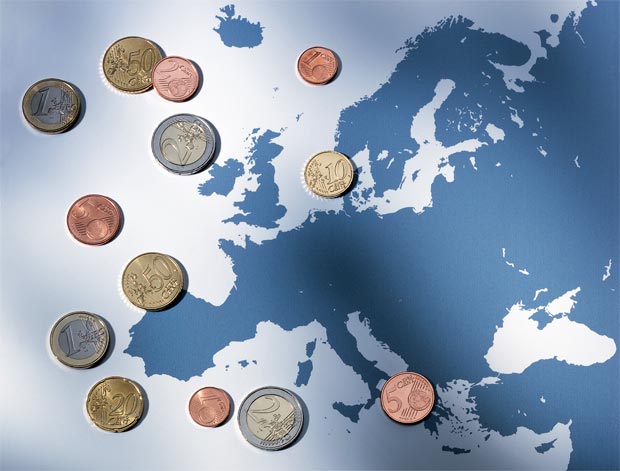
Ma è – purtroppo – l’unica speranza.
Paradossalmente, soprattutto per noi europei.
I conti ci dicono che siamo falliti.
O ci diamo nuove regole e nuove finalità, oppure dobbiamo prendere atto di questa realtà con tutte le conseguenze.







